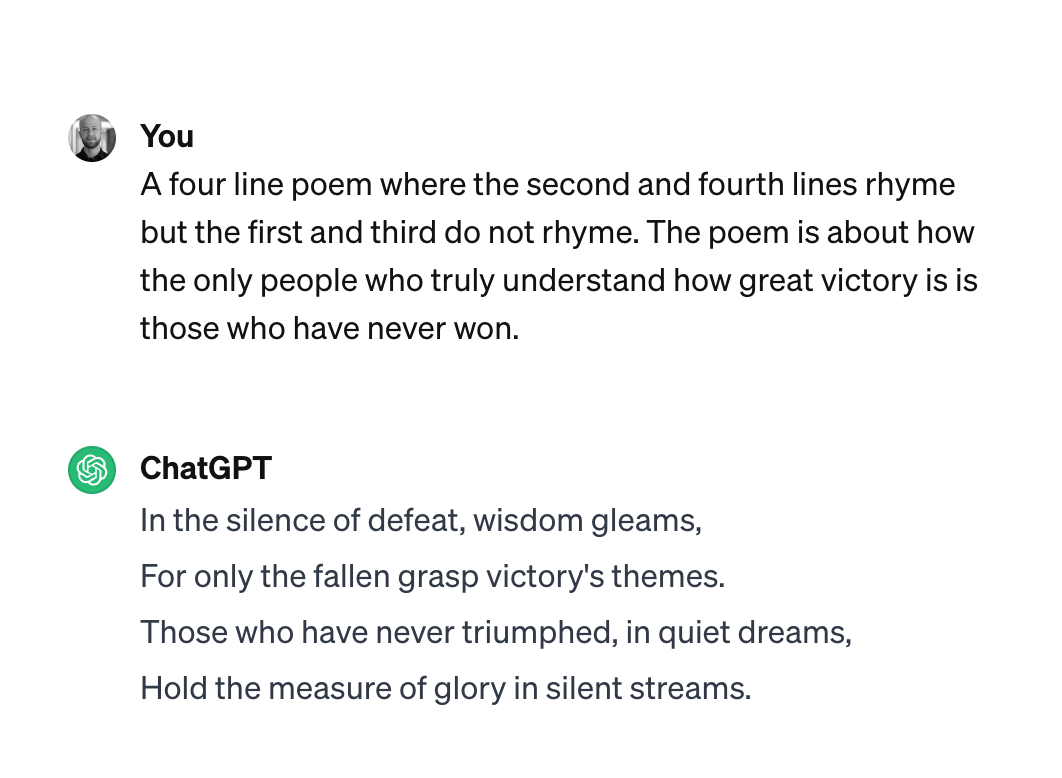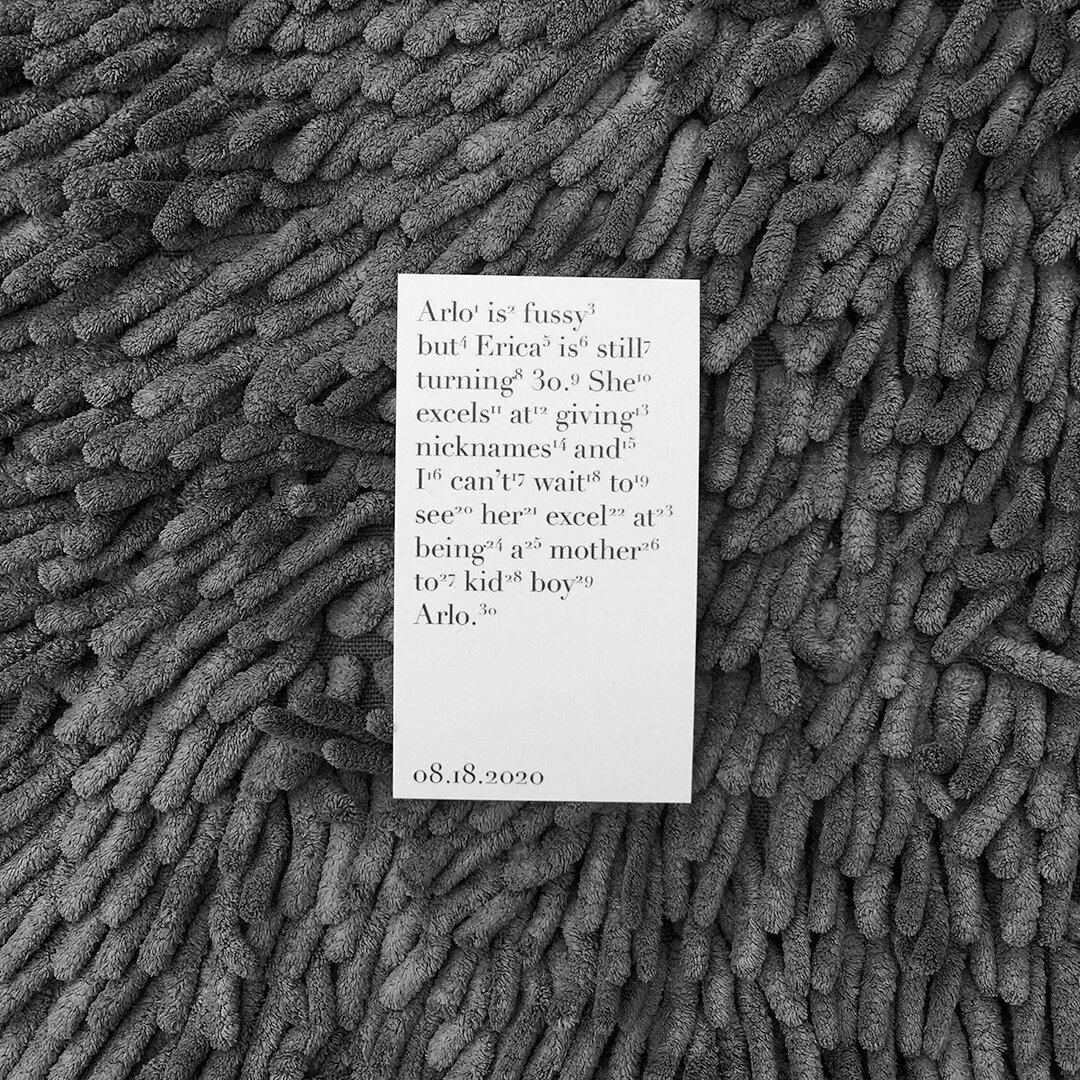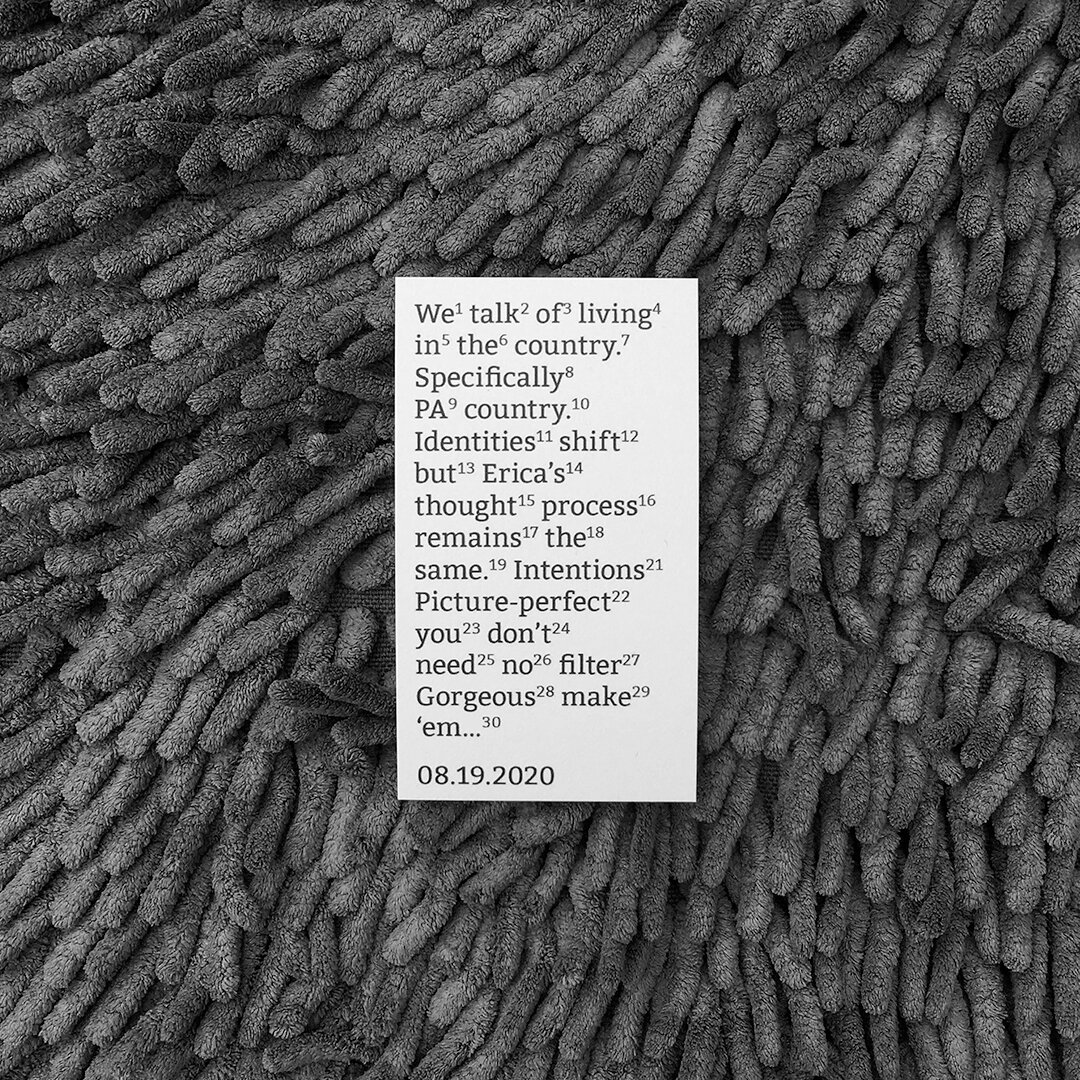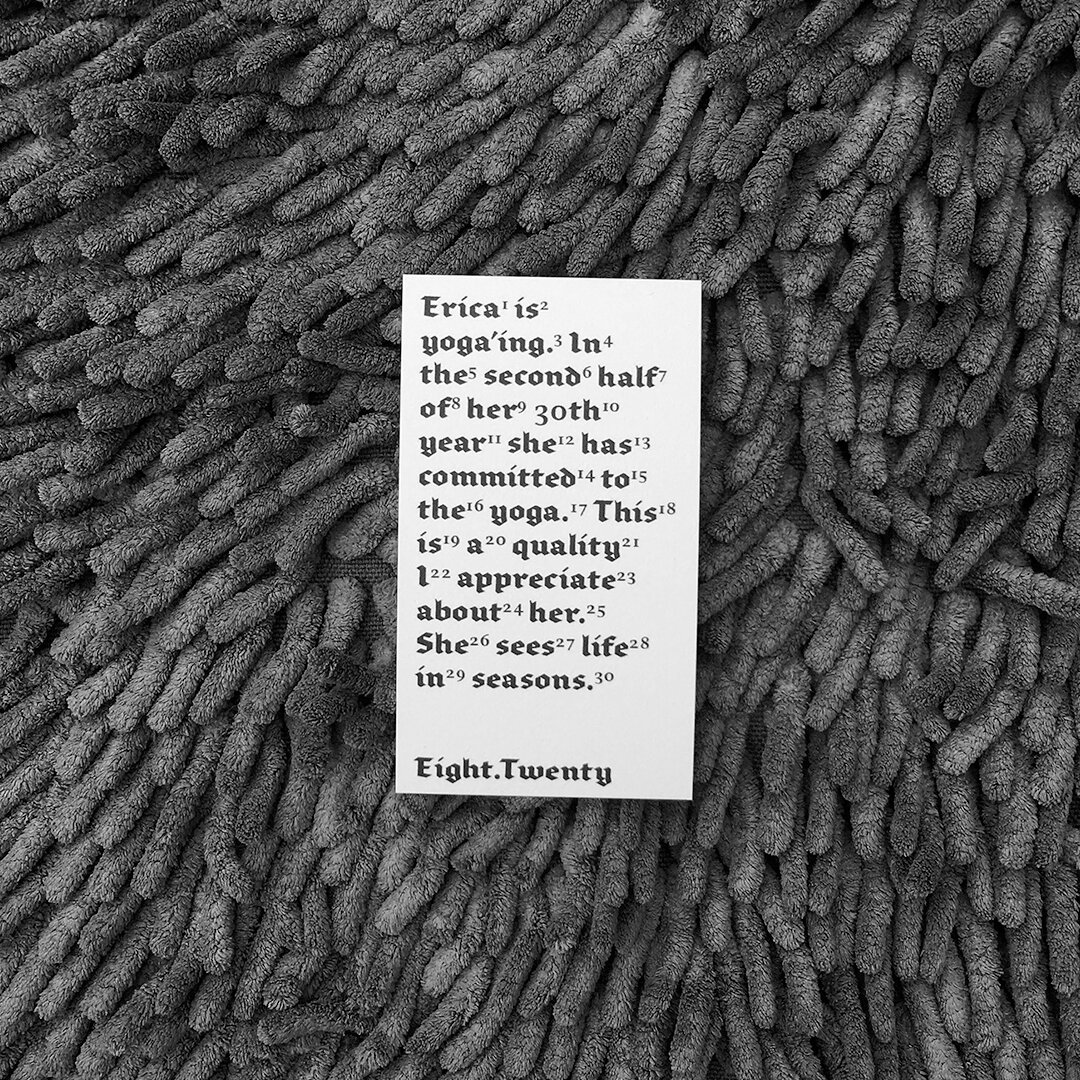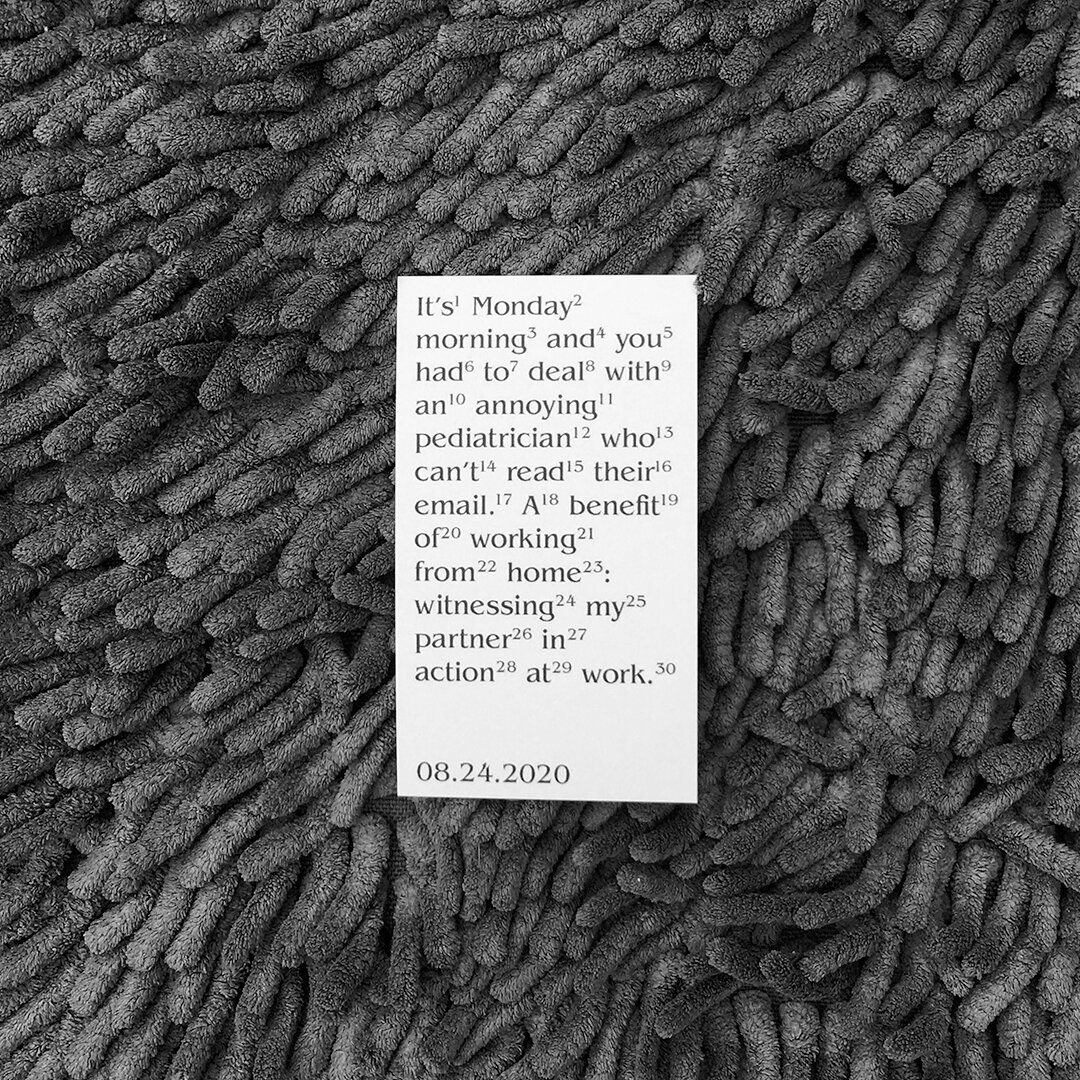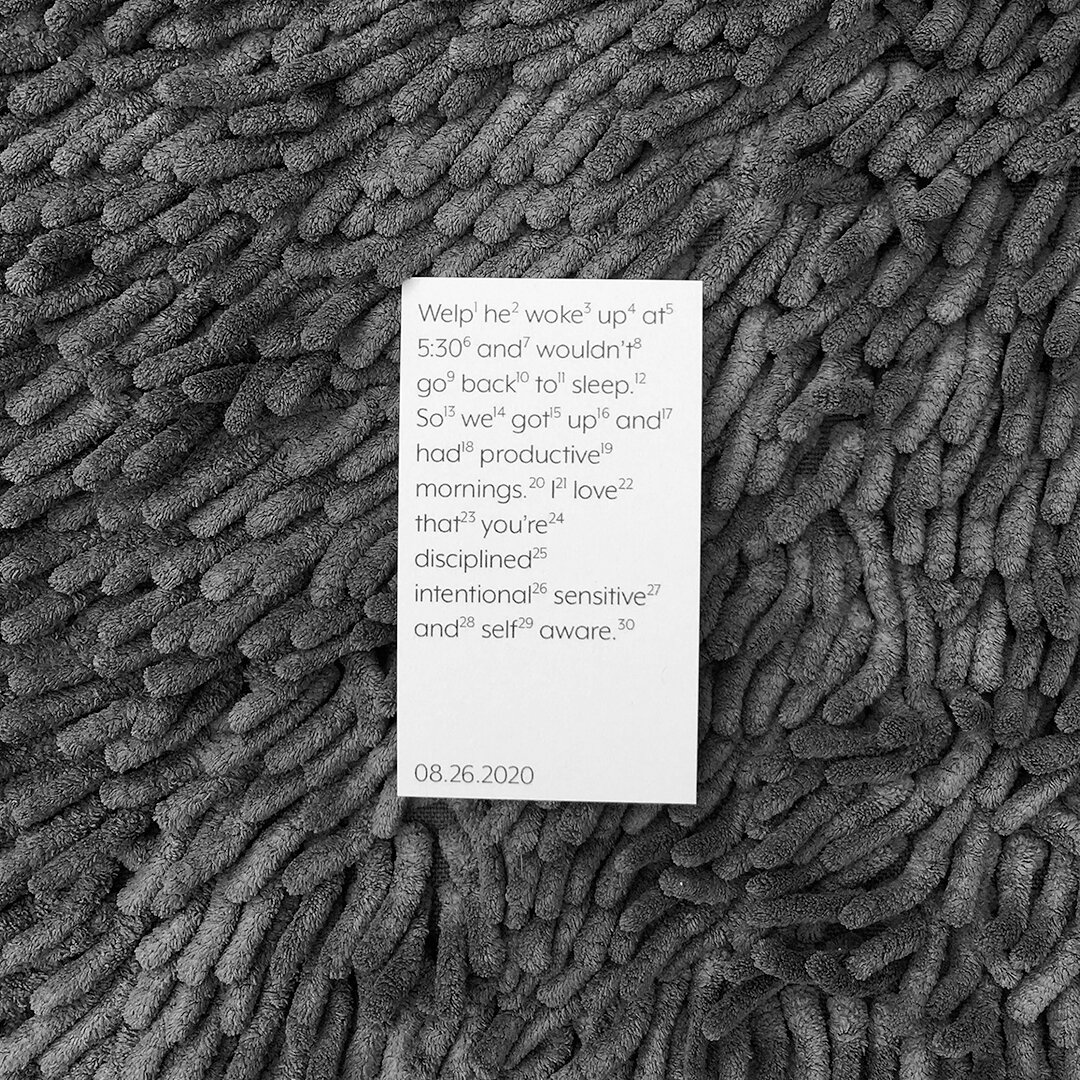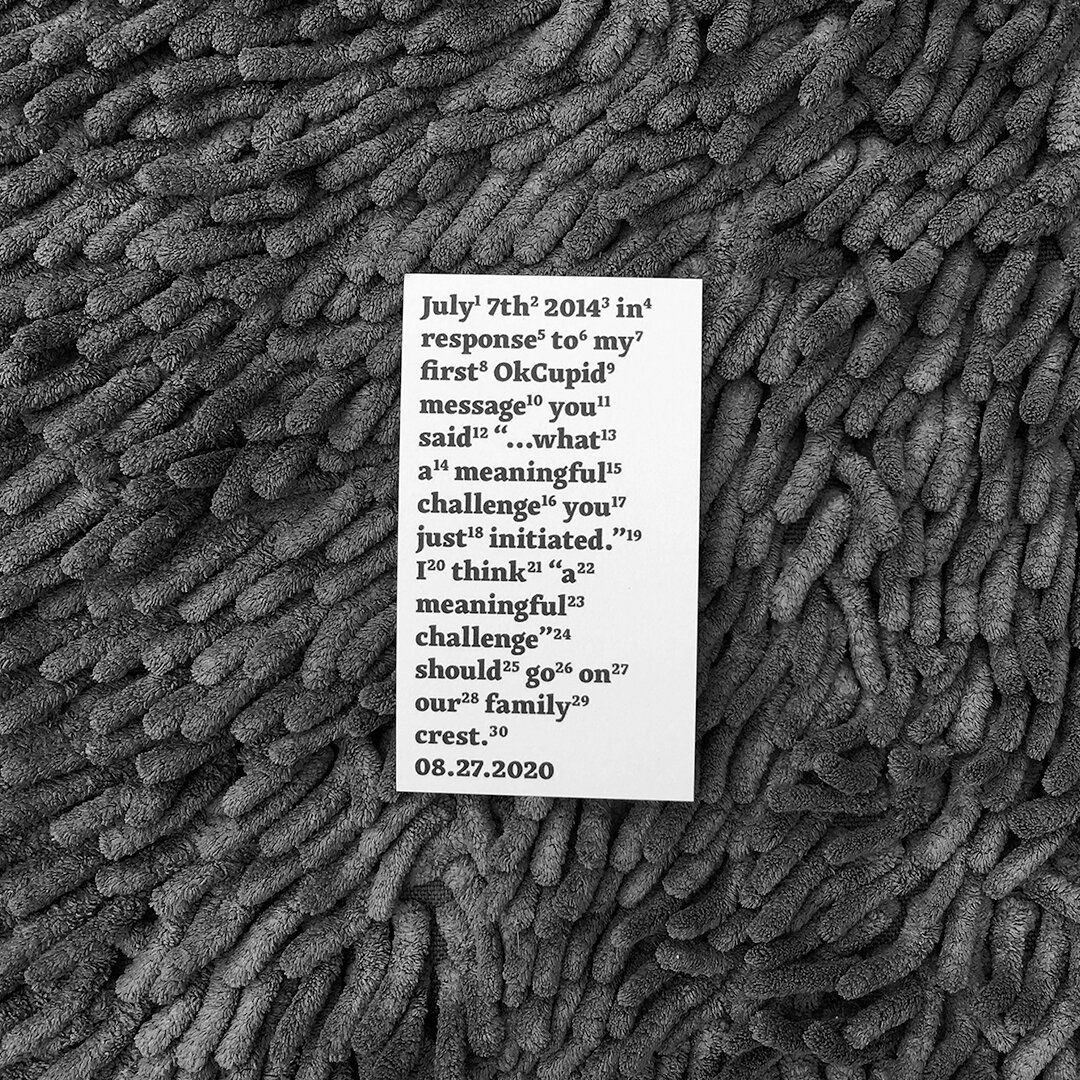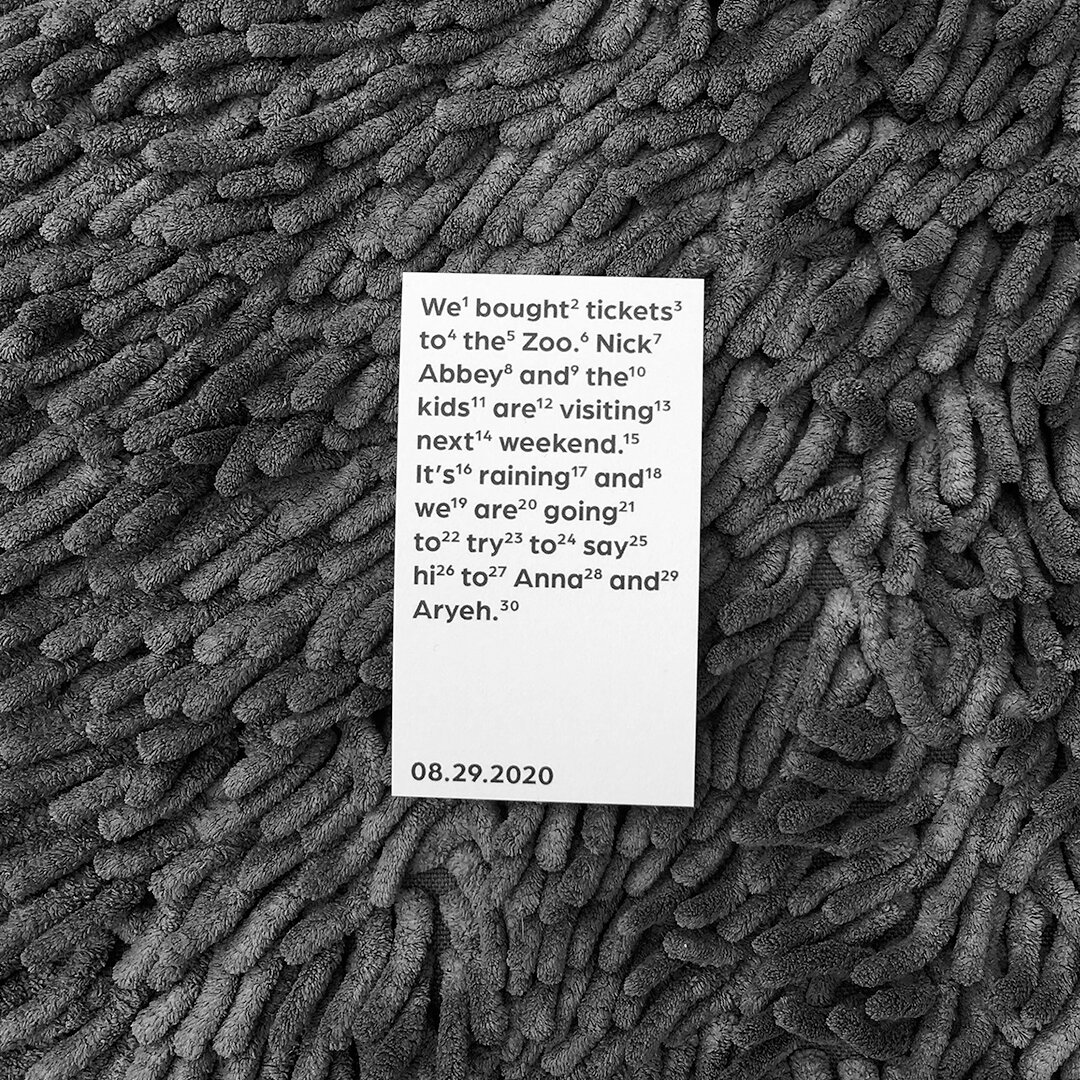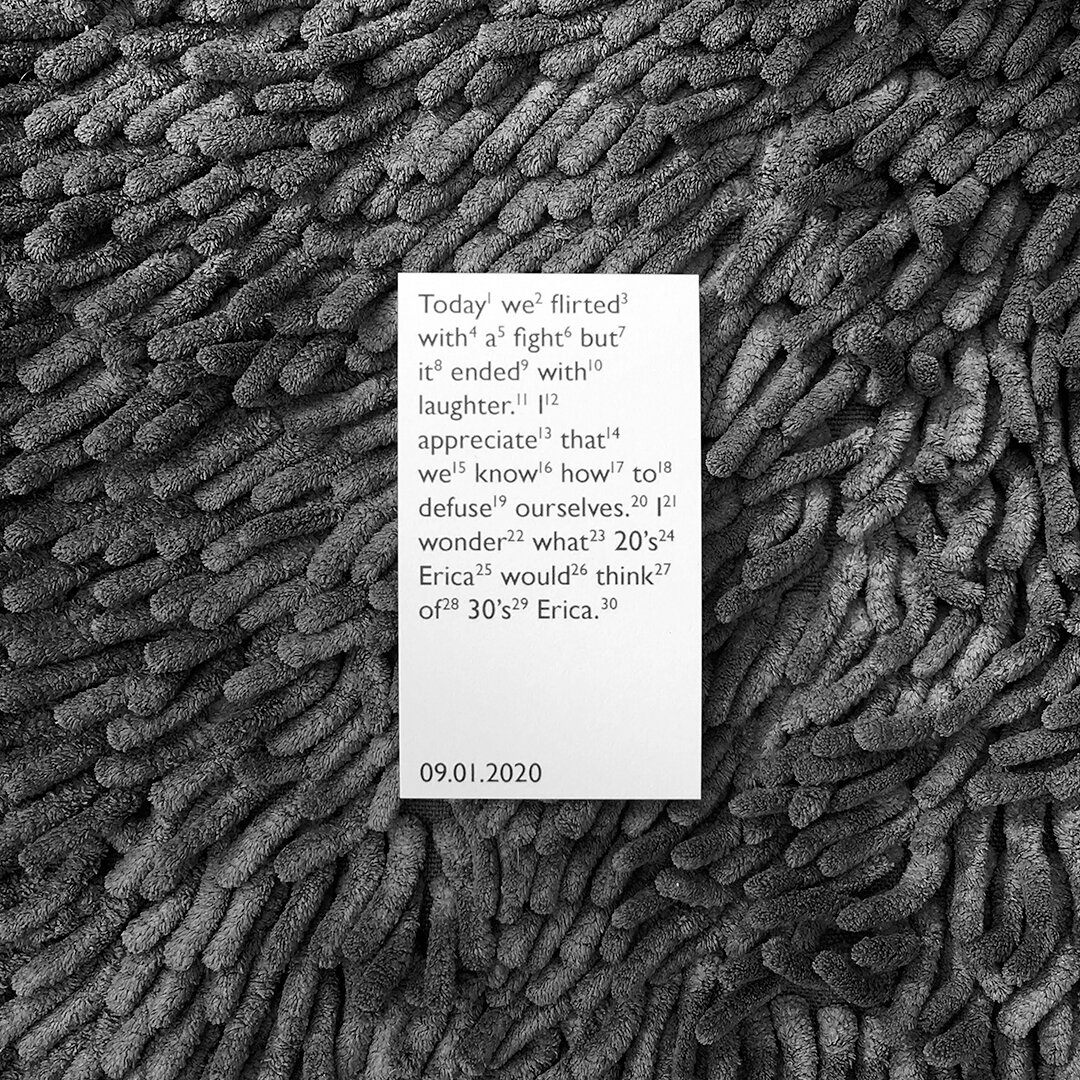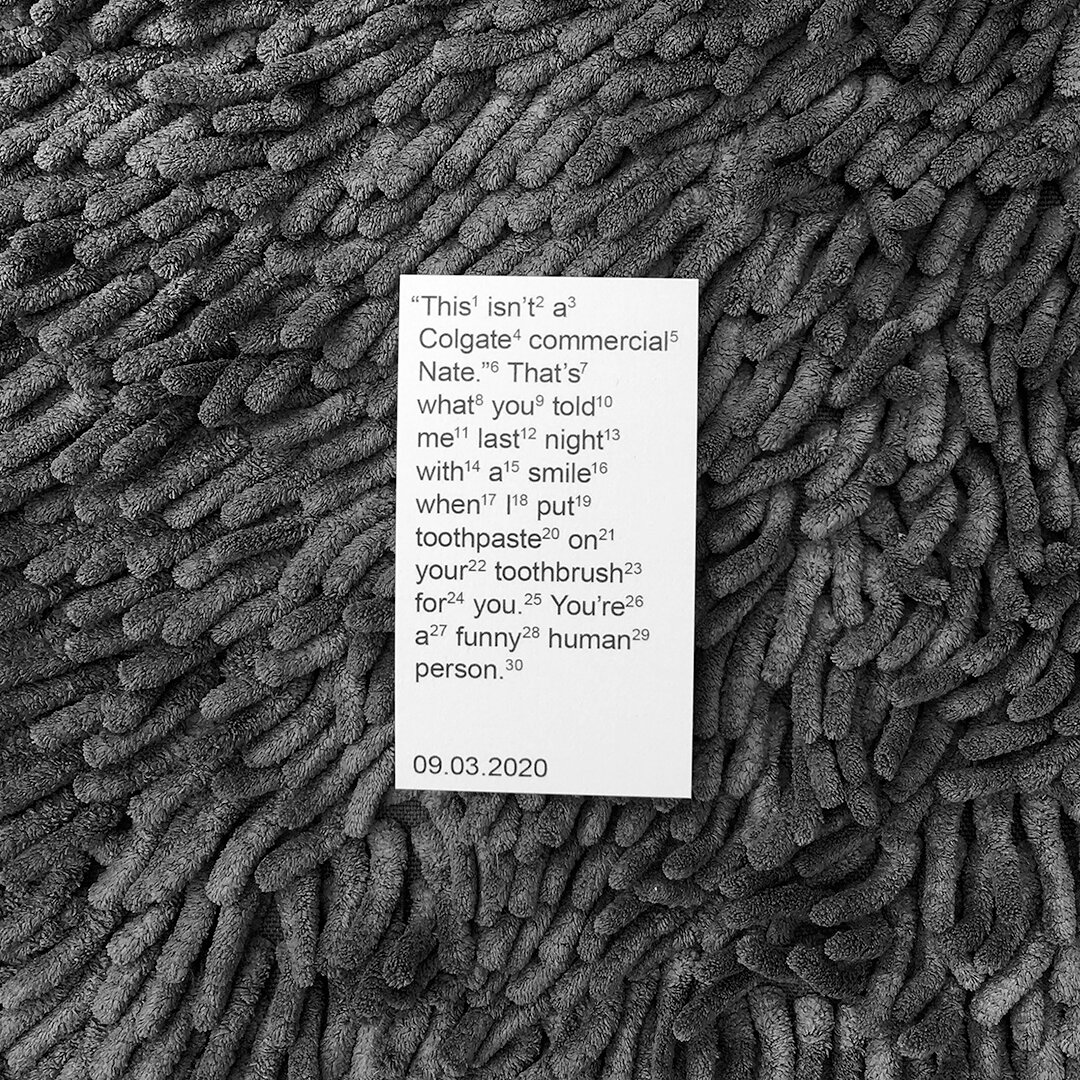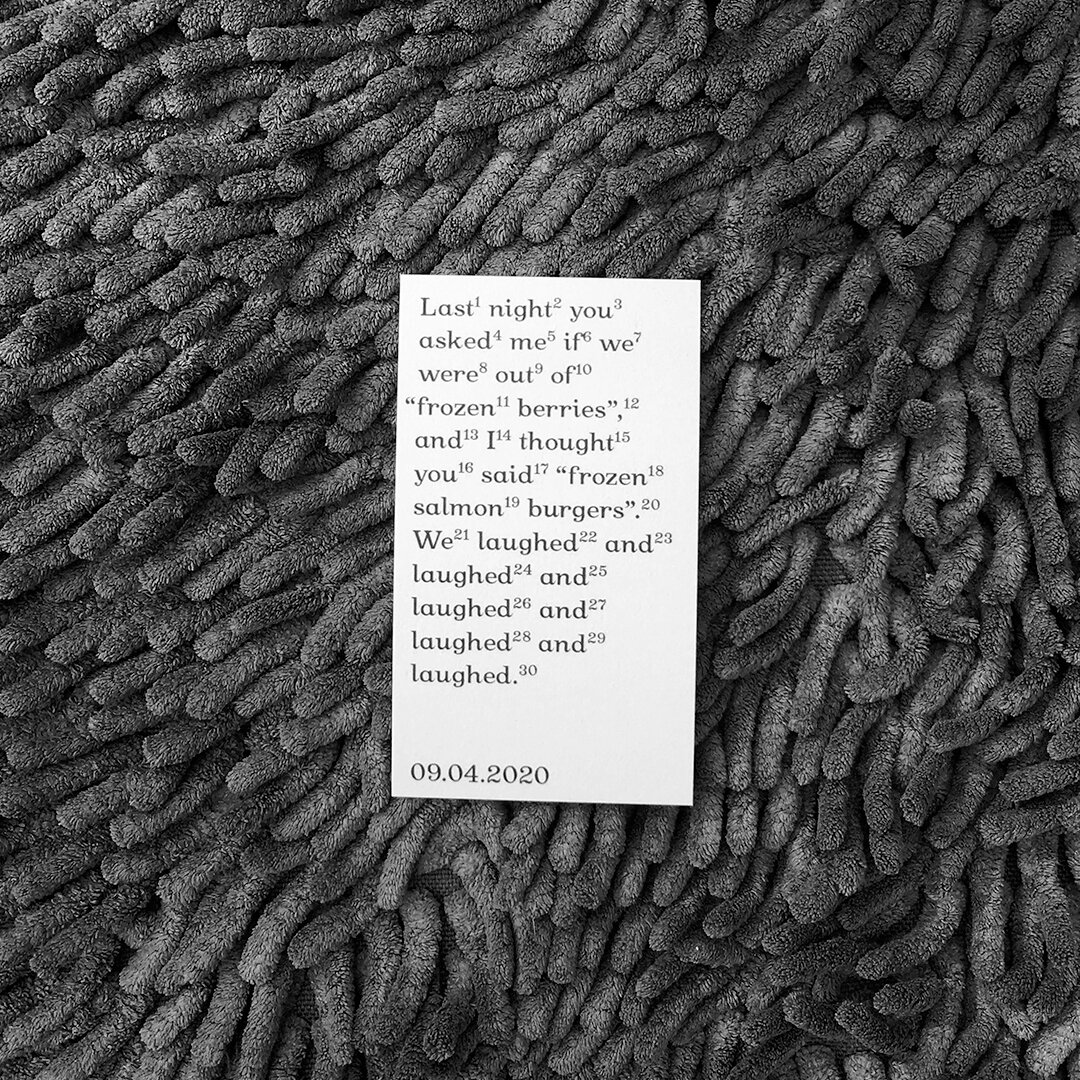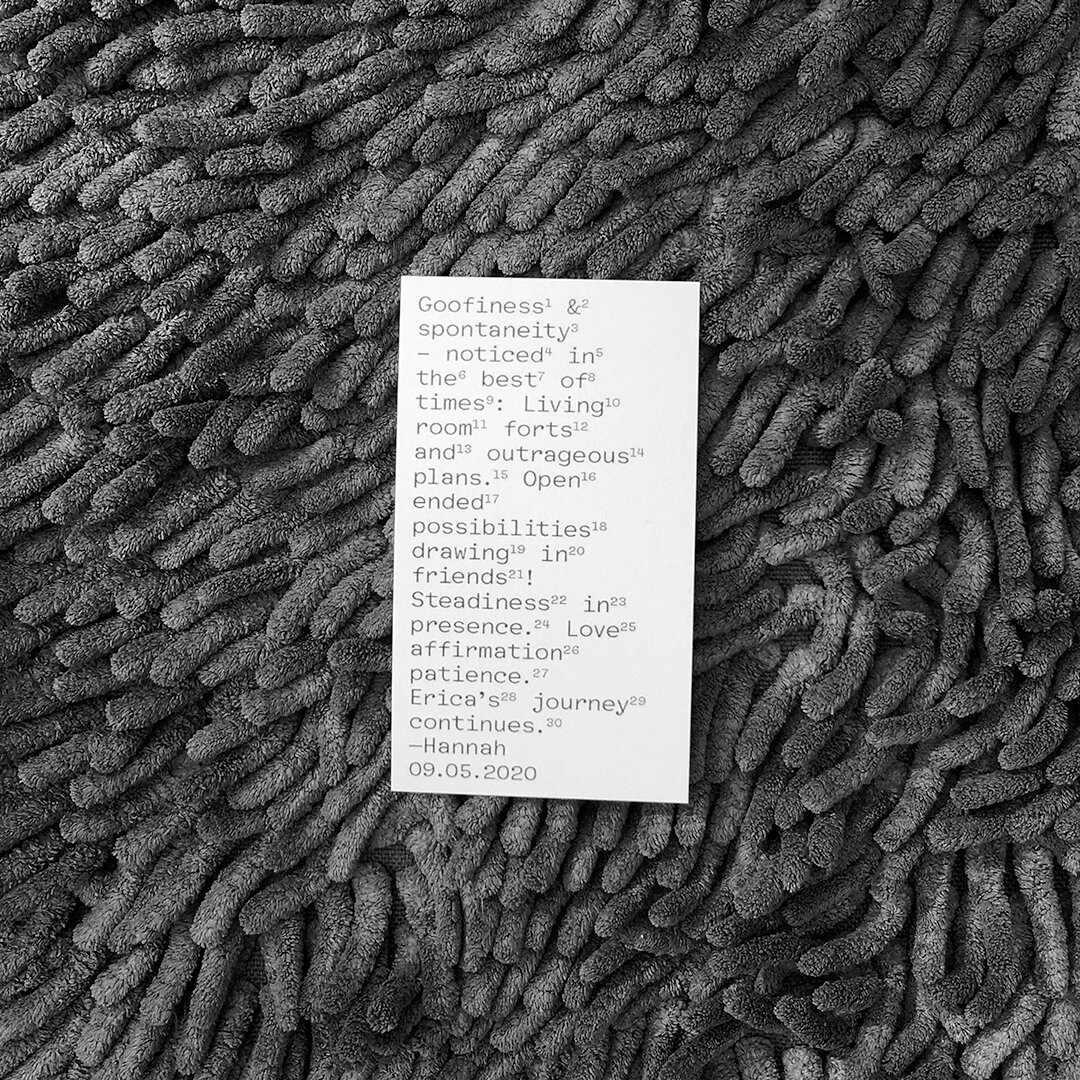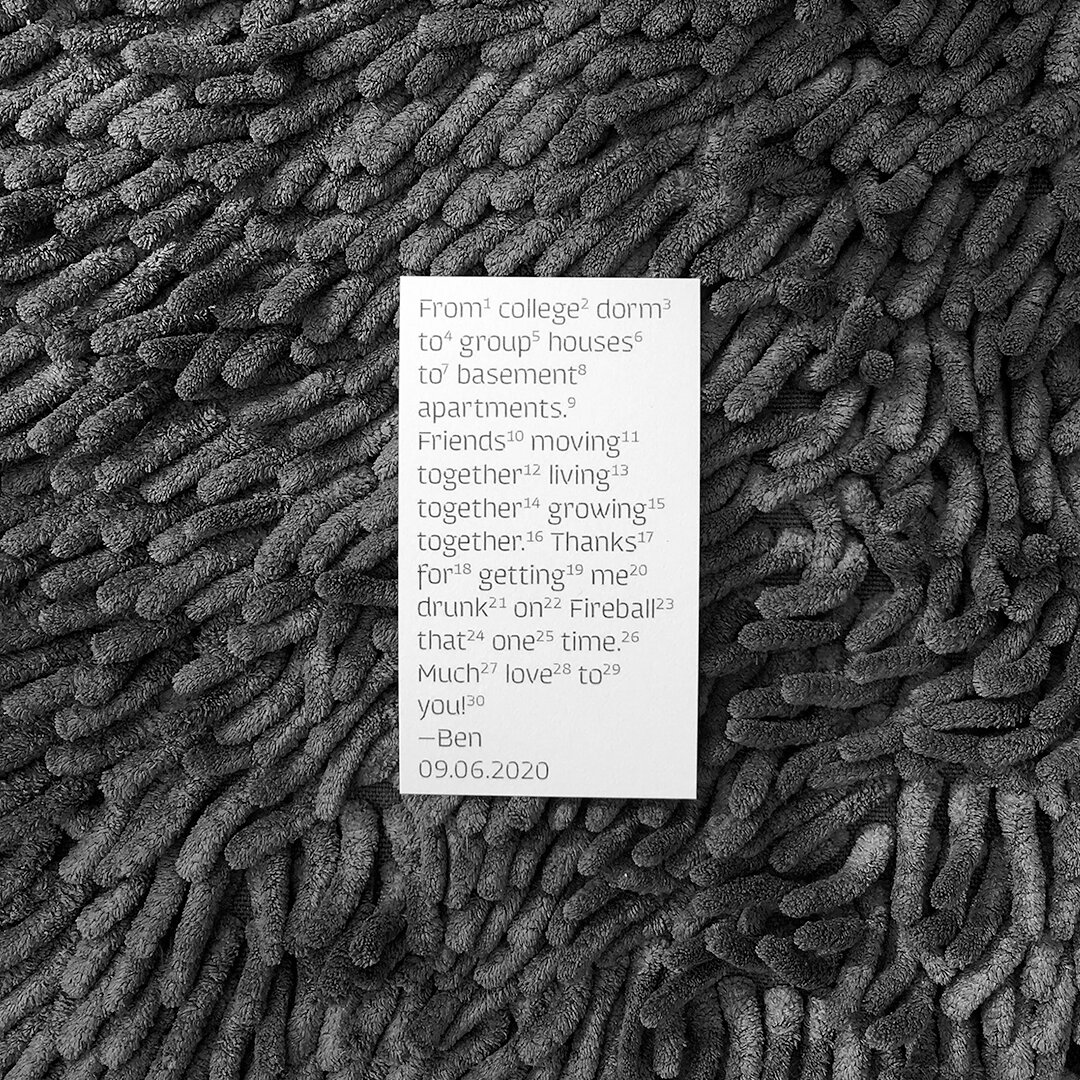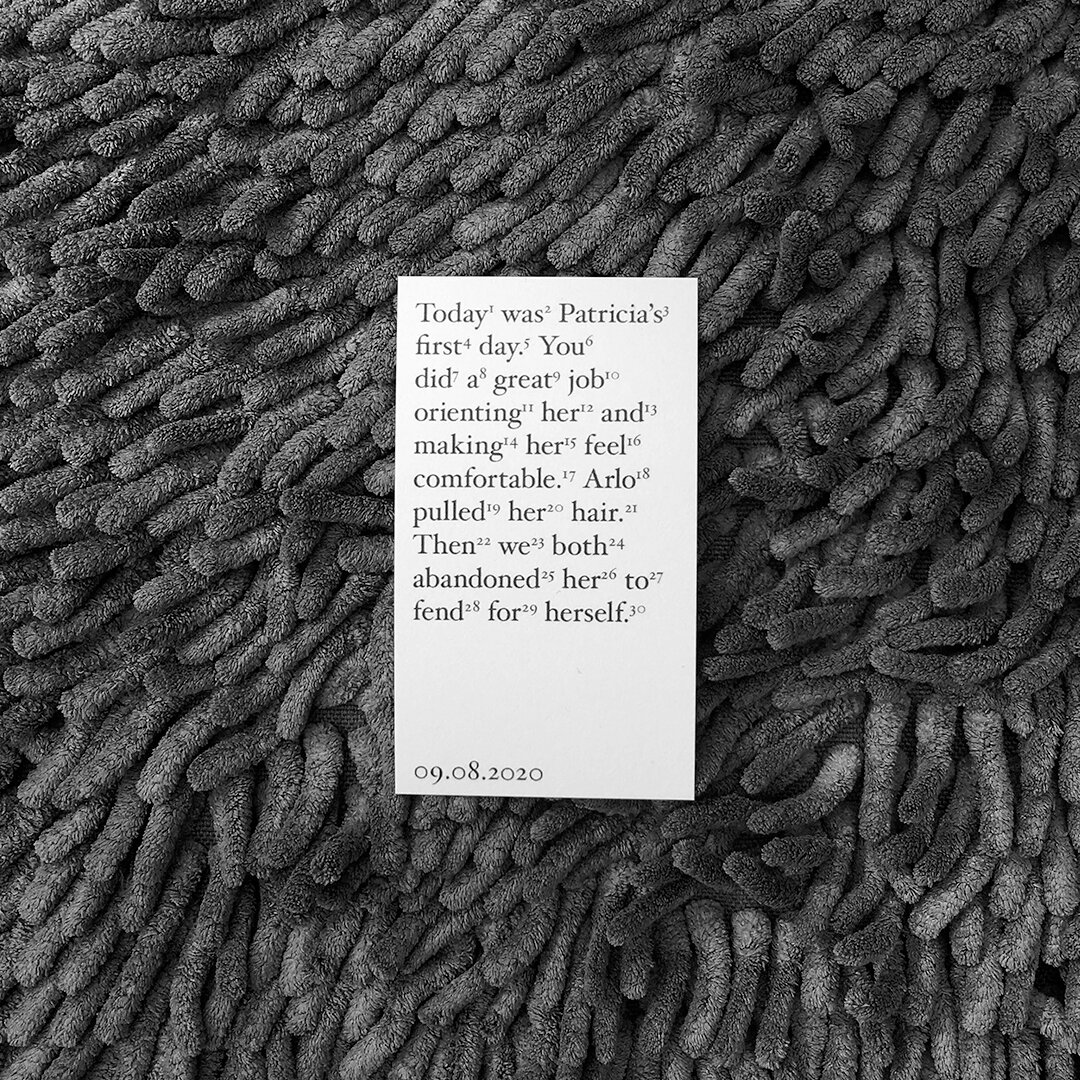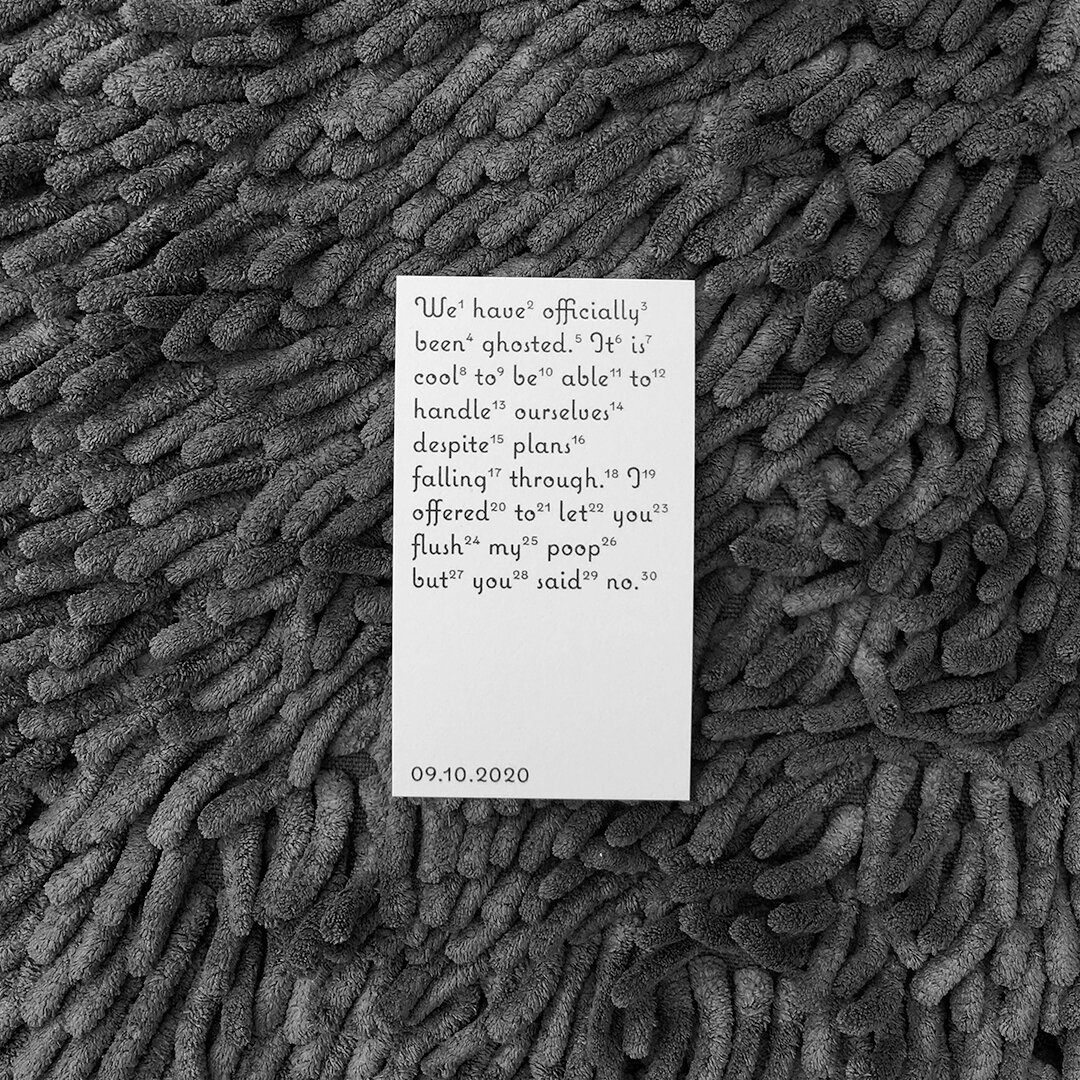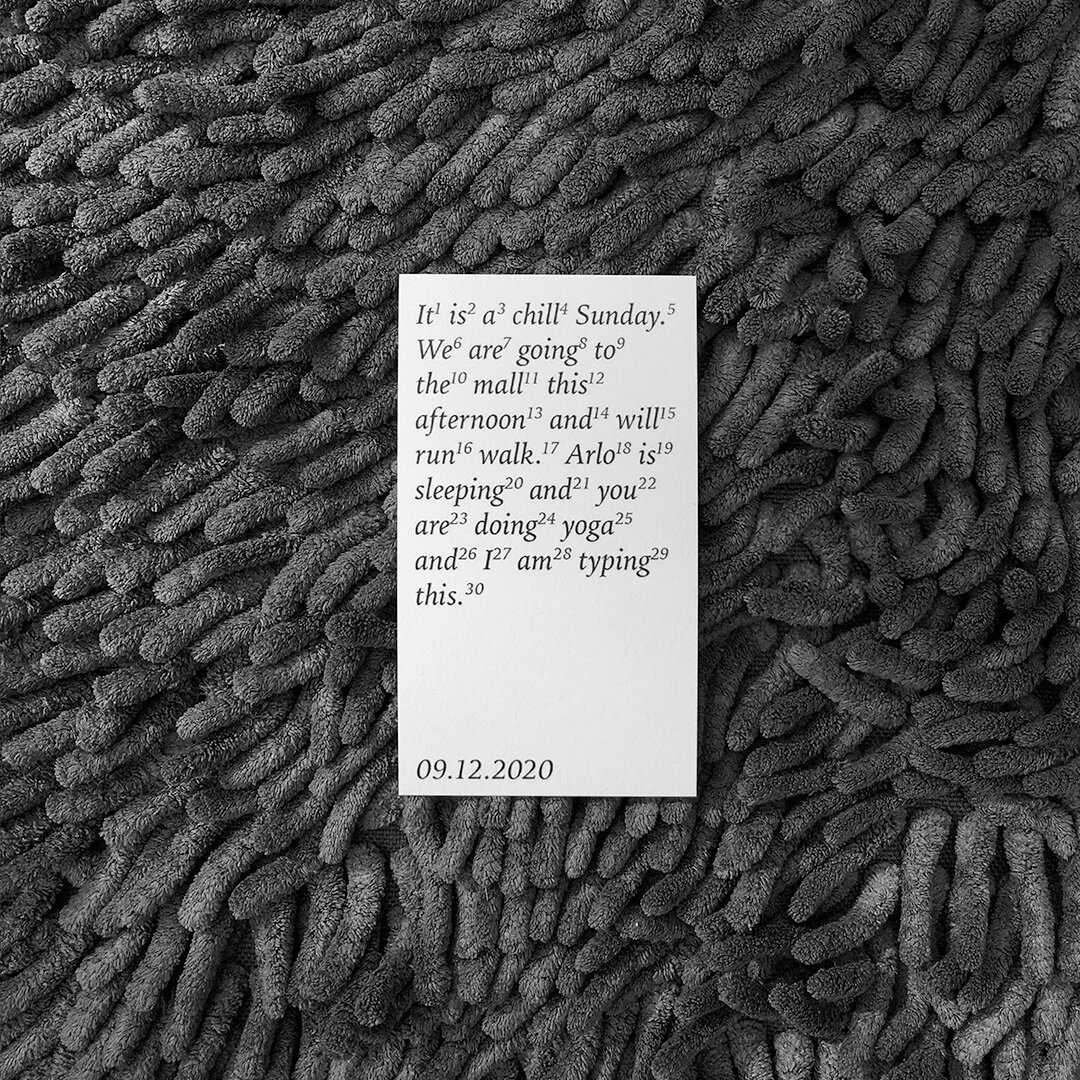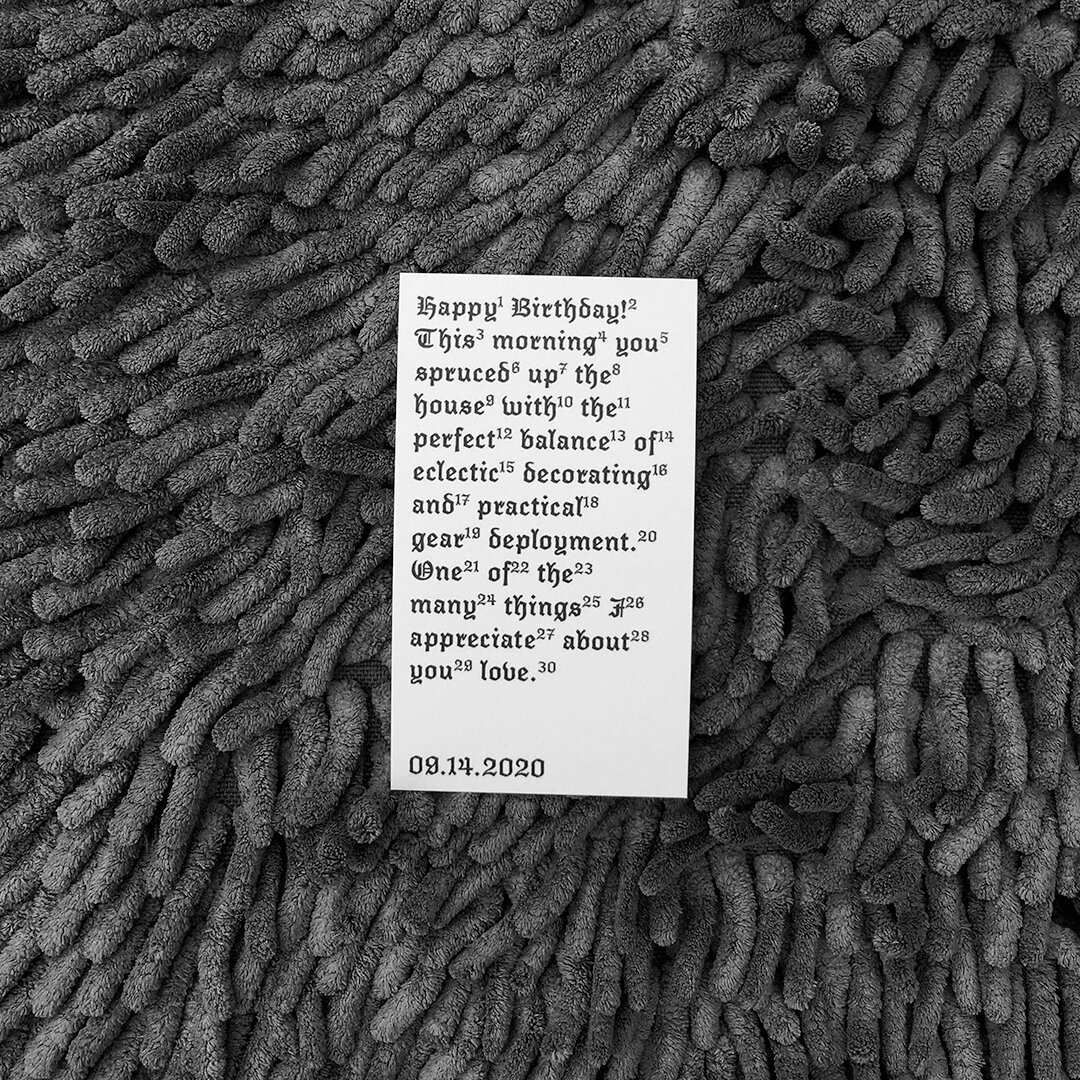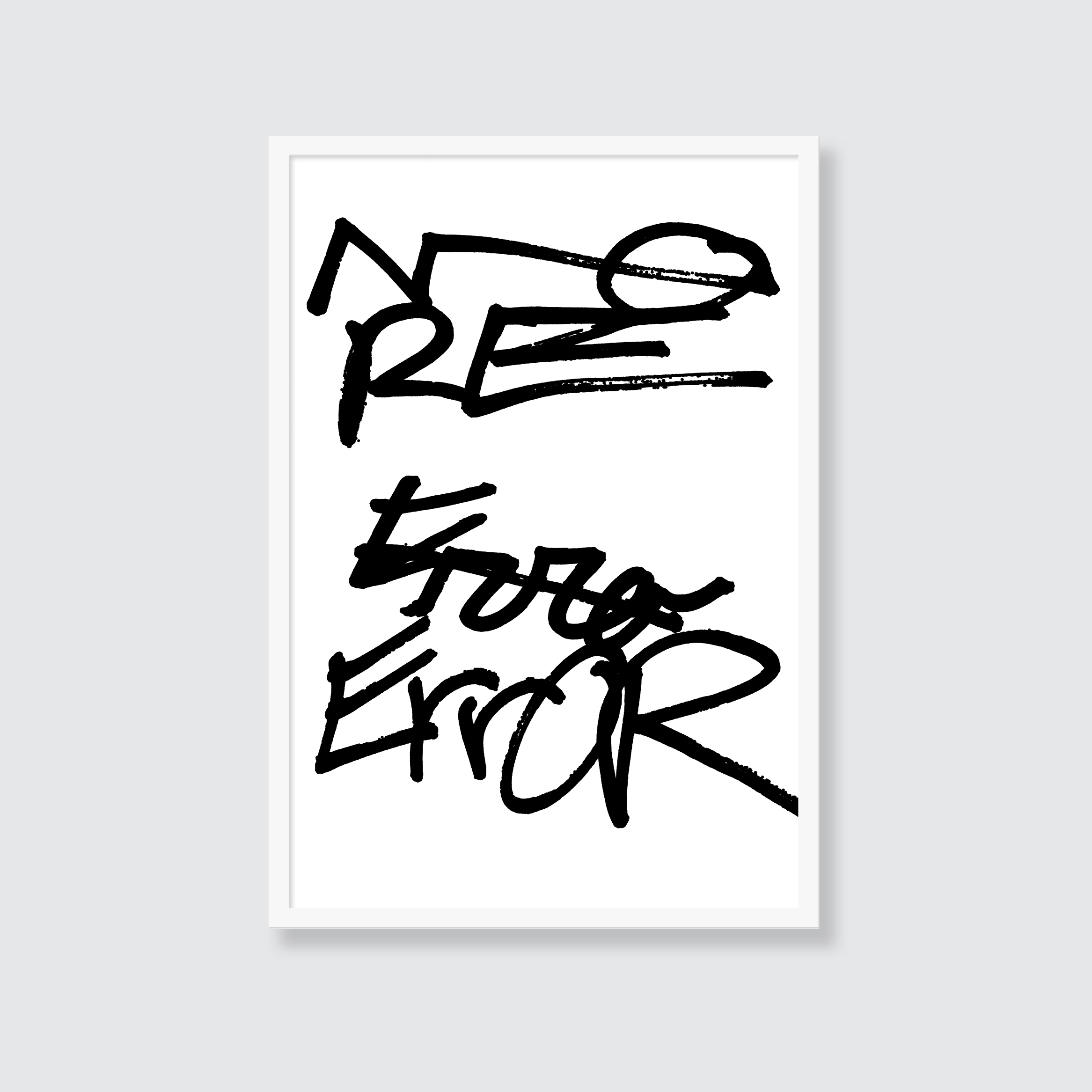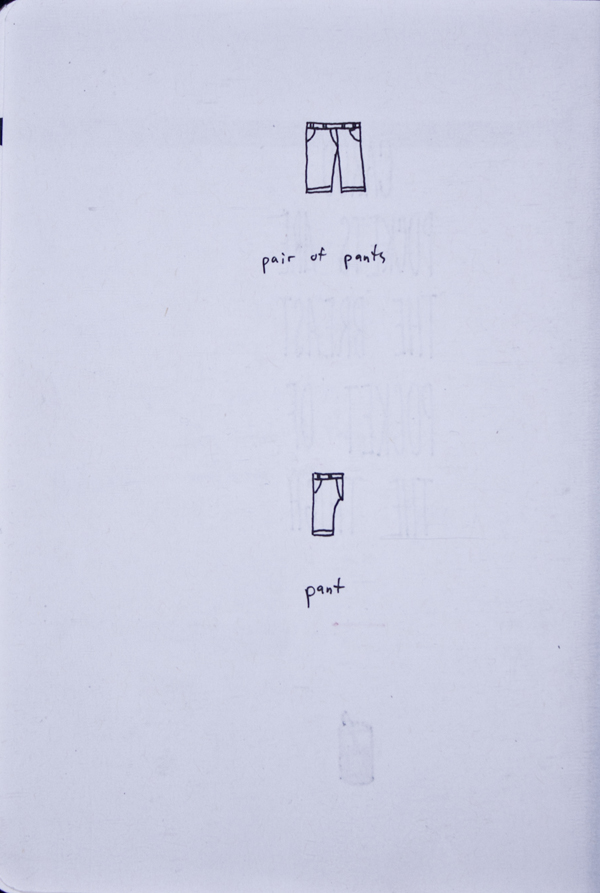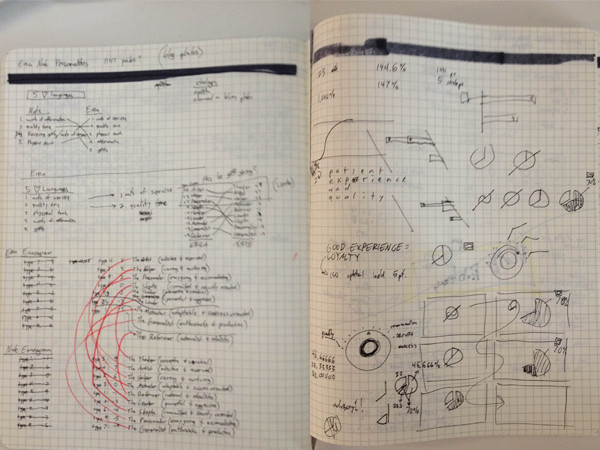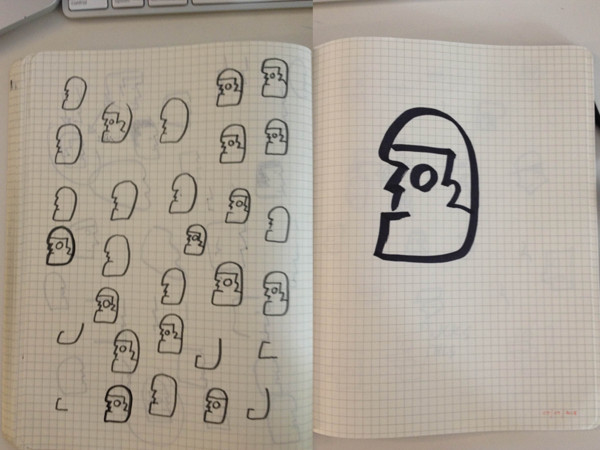The Liberal Arts Graduate Chooses a Typeface
Erica Birthday Card 2020
Thinky Thought Leadership
Friday Reflections
Thinking
More Trial. More Error. Less Stupid.
Graphic Design is Storytelling. Sure.
Despite the lack of critique around the term "storytelling", the very fact that it's become a cliche way to explain the role of just about any profession seems to speak to something. Storytelling is a human quality. We tell stories to make sense of the world, and find our place in it.
But is storytelling really the best way to explain professions, and in our case graphic design? What specifically do we mean when we say “story?” What are the necessary ingredients, and what are the limitations of the medium? I would argue that sometimes the work of graphic design could be called storytelling, but in some cases it is better thought of as character development.
Consider this marketing campaign. A series of posts are released on Instagram, a video is posted to Facebook, and a print ad is run in a local publication. A story could conceivably be encapsulated in the video, or the Instagram posts, but what about the print ad? Or what if a potential customer only sees one of the Instagram posts? There is no way they are going to be able to grasp the full story, and I would argue that this is the predicament for most visual communication. They are not seen in context, they are not read thoroughly, and they are not viewed in their entirety. Forcing a story-based campaign on them may not be the most effective use of a graphic designers efforts.
So what can be done?
Create characters.
A compelling character can be encapsulated in a single image. This is what has turned logo design into an esoteric art form, rather than a simple piece of a graphic design. Companies are asking themselves the same questions about their logos that people ask themselves when they consider a clothing purchase: “Are we the type of company that would have a red logo?” “Am I the type of person who would wear a fedora?” These are the questions that graphic design can answer, and they are more about a company's character (or identity) than about their story.
It’s tough to draw a clear line between character and story, but it’s hard to argue that there aren’t delineations between them. Naturally, a story is reflected in character—but these reflections require diligent work in order to be accurately and concisely built into a character, when the medium requires it. In the same way that a human’s history leaves abstracted signatures on his person—the creases on his face, a perpetually furrowed brow, a knee that tends to buckle—graphic designers have the opportunity to transform story into character.
So are graphic designers storytellers?
Sure.
Loose Stool
Dear...
This Being Human is a Guest House
Quote from "The Guest House" by Rumi




